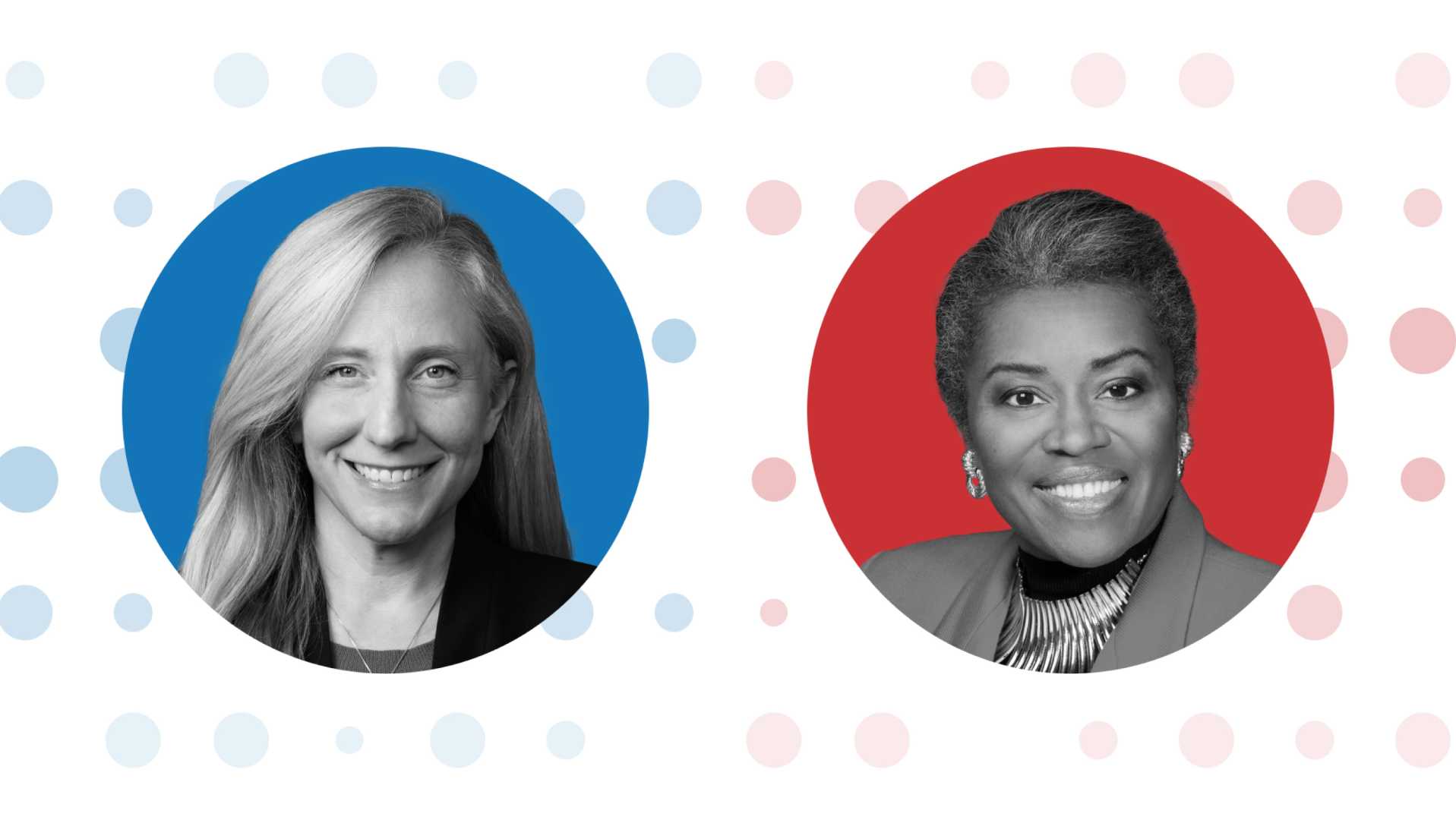Politics
Polls Show Sliding Support for Virginia Candidates Ahead of Elections

RICHMOND, Va. — Recent nonpartisan polls reveal a shifting landscape in Virginia’s gubernatorial race, highlighting the tightening contests for lieutenant governor and attorney general as well. Democratic candidate Abigail Spanberger‘s lead has narrowed to 7 percentage points against Republican Winsome Earle-Sears, according to a Virginia Commonwealth University (VCU) poll conducted Oct. 6-14.
Another poll by the nonprofit State Navigate, conducted later from Oct. 17-20, shows Spanberger with a wider margin of 13 percentage points. This disparity raises questions about the methodologies of each poll, particularly in light of the controversy surrounding Democratic candidate Jay Jones‘ text messages regarding violence.
The VCU poll, reflective of 2021 voting patterns, shows Earle-Sears climbing from a 12-point deficit in July to a 7-point gap. The State Navigate poll, on the other hand, balances data from elections in both 2017 and 2021, potentially offering a more favorable view for Democrats.
In addition to the gubernatorial race, the polls reveal a competitive environment for lieutenant governor. VCU’s data indicates that Hashmi has lost ground, with numbers slipping slightly from July to October, while Reid‘s support has grown. The race for attorney general remains close, with recent findings suggesting Miyares has gained traction against Jones.
Political analyst Stephen Farnsworth from the University of Mary Washington notes that Spanberger, while under scrutiny due to Jones’ comments, has maintained a clear lead in other areas. Polls show her drawing significant support among independents, a critical demographic in statewide elections.
The outcomes of these races could have broader implications for future congressional elections, especially as Virginia’s political landscape remains a focal point leading into the midterms.
Overall, as the election date approaches, voters will play a crucial role in determining which polling data reflects reality as turnout patterns emerge.












